Lifeboat equipment

Lifeboat equipment
Buoyant oars – Sufficient for the size of boat
- Except for free-fall lifeboats, sufficient buoyant oars to make headway in calm seas.
- An oar is an implement used for water-borne propulsion. Oars have a flat blade at one end. Rowers grasp the oar at the other end.
- The difference between oars and paddles is that oars are used exclusively for rowing. In rowing, The pivot point of the oar (either an oarlock, or a thole) connects the oar to the vessel. By contrast, The paddler holds the paddles by hand and are not attached to the vessel.
Boat-hooks – 2 Nos.
- A boat hook is part of boating equipment. Its most common use is as a docking and undocking aid.
It may be similar to a pike pole, however it must have a blunt tip, for pushing during un-docking, with a hook for docking.
- In addition, it may have a line attached to the other end, which may have a ring for this purpose.
- In lifeboats its mainly used for pulling floating people or things out of water, such as debris or people, as well as for other fetching tasks.
A buoyant bailer and two buckets
- Survival item of lifeboat equipment.
- A hand bailer is a device used for removing water which has entered a boat. In the simplest case, it is merely a container which can be filled manually and then emptied.
- This kind of device is in use since early times. It is still in use on small boats and rafts, which may benefit from a self bailer.
A survival manual
Booklet that provides operating instructions, Safety measures, Look out procedure etc.
Click here to download a sample Survival booklet.
Operational compass
- An operational compass which is luminous or provided with suitable means of illumination.
- In a totally enclosed lifeboat, the compass shall be permanently fitted at the steering position; in any other lifeboat, it shall be provided with a binnacle if necessary to protect it from the weather, and suitable mounting arrangements;
A sea-anchor of adequate size
- A sea-anchor of adequate size fitted with a shock-resistant hawser which provides a firm hand grip when wet.
- The strength of the sea-anchor, hawser and tripping line if fitted shall be adequate for all sea conditions;
Painter line – 2 sets
- Two efficient painters of a length equal to not less than twice the distance from the stowage position of the lifeboat to the waterline in the lightest seagoing condition or 15 m, whichever is the greater.
- On lifeboats to be launched by free-fall launching, both painters shall be stowed near the bow ready for use.
- On other lifeboats, one painter attached to the release device required to come together with release mechanism shall be placed at the forward end of the lifeboat and the other shall be firmly secured at or near the bow of the lifeboat ready for use;
Lifeboat Hatchet – Two – one at each end of the lifeboat;
- Hatchet is basically a term used for axe, it is used to cut/break/free any object which may be entangled to the life boat. For eg. Cutting of painter wire.
- If very small object is stuck/entangled to the boat, you may cut it with “jack knife” which is commonly known as Swiss knife (object which has knife,scissor, fork, spoon, etc.)
Watertight receptacles
Survival item of lifeboat equipment. watertight receptacles containing a total of 3 liters of fresh water for each person the lifeboat is permitted to accommodate, of which either 1 liter per person may be replaced by a desalting apparatus capable of producing an equal amount of fresh water in 2 days, or 2 liters per person may be replaced by a manually powered reverse osmosis desalinator capable of producing an equal amount of fresh water in 2 days;
A rustproof dipper with lanyard
- One of the Survival item of lifeboat equipment.
- A rustproof dipper with a lanyard, used for extracting fresh water from the containers.
- The lanyard should be long enough to reach the bottom of any water tank.
A rustproof graduated drinking vessel – Minimum 1
Food ration
One of the important survival item among life boat equipment. Total not less than 10,000 kJ for each person the lifeboat is permitted to accommodate; these rations shall be kept in airtight packaging and be stowed in a watertight container;
Pyrotechnics
Rescue item of lifeboat equipment.
What is a flare?
- A flare, also sometimes called a fusee, is a type of pyrotechnic that produces a bright light or intense heat without an explosion.
- Flares are used for distress signaling, illumination, or defensive countermeasures in civilian and military applications.
- Flares may be ground pyrotechnics, projectile pyrotechnics, or parachute-suspended to provide maximum illumination time over a large area.
- Projectile pyrotechnics may be dropped from aircraft, fired from rocket or artillery, or deployed by flare guns or handheld percussive tubes.
Rocket parachute flares – Four
- As the name suggests, the equipment is designed to fire a single red star to a height of approximately 300m;
- This flare, launched at the minimum height of 300m in the air, self-activates to produce intense red smoke.
- A parachute opens up and reduces the rate of descent which gives more time to the flare to remain at a height and to provide a clear view to nearby ships or help.
Hand flares – Atleast 6
- A hand flare is a small cylindrical stick which when activated, produces an intense red smoke or light without an explosion.
- Should be held out leeward when activated.
- Can be used by the day as well as night.
Buoyant smoke signals – Atleast 2
- This equipment is held in a compact container with a buoyant nature so that it can float on the water surface to signal distress situation.
- Mostly for use by the day, this can indicate the position of distress with the bright orange smoke as well as for determining the wind direction for rescue
Waterproof electric torch- Atleast 1
Suitable for Morse signalling together with one spare set of batteries and one spare bulb in a waterproof container;
Daylight signalling mirror (Heliograph) – Atleast 1
- With instructions for its use for signalling to ships and aircraft;
A heliograph is a wireless telegraph that signals by flashes of sunlight (generally using Morse code) reflected by a mirror.
The flashes are produced by momentarily pivoting the mirror, or by interrupting the beam with a shutter.
- The heliograph was a simple but effective instrument for instantaneous optical communication over long distances
This video shows heliograph signal from 27 miles. Video credits: YouTube channel – AndyDaviesByTheSea
Life saving signals
- One copy of the life-saving signals prescribed by regulation V/16 on a waterproof card or in a waterproof container;
- Copy of Life saving signals
— Click here to download — Life saving signals
Whistle or equivalent sound signal – At least 1
- Whistle are often forgotten, poorly maintained. They dont work when they are needed the most because the rolling ball inside gets swollen or rusty and does not roll. It is a good pratice to try them during every routine maintenance.
- From my experience in rescuing stranded immigrants, couple of time they were identified by the whistle sound they blew-off. It was around 1830, after the day’s work, i was jogging in open deck when i heard a peculiar whistling sound that attracted me to look around. I found 20 stranded immigrants….Then the rest is history.
A first-aid outfit
- Survival item of lifeboat equipment.
- in a waterproof case capable of being closed tightly after use
Anti-seasickness medicine
Anti-seasickness medicine sufficient for at least 48 h and one seasickness bag for each person;
A jack-knife
 A jack-knife to be kept attached to the boat by a lanyard;
A jack-knife to be kept attached to the boat by a lanyard;
Tin openers – Minimum 3
Buoyant rescue quoits
Two buoyant rescue quoits, attached to not less than 30 metres of buoyant line with a breaking strain of at least 1.0 kilo newtons;
A manual pump
- If the lifeboat is not automatically self-bailing, a manual pump suitable for effective bailing;
- Self–bailing boats, or self–bailing hulls, are designed to remove water from the boat deck area using pumps of any kind. The water is discharged overboard through the side or transom, the “back wall” of the boat.
Fishing tackle – one set
- This helps the inmates to spend some time, a stress buster and to keep them busy which will help them to be engaged and with high morale.
- It is recommended not to eat the fish as fish has Protein, it will require lot of water to digest, Therefore consuming fish will make one dehydrated and thirsty.
- I have heard from some of the seasoned sailors, that the ship’s eye balls consume fresh water! You can suck the eye balls to get some watery content to your body. As a vegetarian, i would recommend you to please let the poor species enjoy his life! Put them back to sea!
Tool kit
 Sufficient tools for minor adjustments and to the engine and its accessories;
Sufficient tools for minor adjustments and to the engine and its accessories;
Portable fire-extinguishing equipment
Which types of fire extinguisher is used in lifeboat as per SOLAS?
- Lifeboats with permanently installed internal combustion engines are to be equipped with portable fire extinguishers for class A and Class B fires.
- Preferably dry chemical powder types are used.
| Fire Class | Nature of burning material | Extinguishing medium |
| A | Solid combustible of organic nature, EG Wood, fiber materials | Water dry powder, foam |
| B | Inflammable liquids, eg oils, fuel, tar, oil | Dry powder, foam & carbon di-oxide |
Quantity of medium
- Halon based is no longer permitted
- The charge of the extinguishers shall be at least 2Kg and should not exceed 6 Kg
- The extinguishers are to be arranged conveniently and with suitable brackets.
- For fighting a fire within the engine cover close-able discharge pots are to be provided allowing the discharge of the extinguishing agent without prior.
| Power of inboard engine (kW) | Minimum weight of extinguishing agent (Kg) |
| Less than or equal to 50 kW | 2 |
| Less than or equal to 100 kW | 4 |
| More than to 100 kW or part there of | In addition of 2 |
Portable fire-extinguishing equipment of an approved type suitable for extinguishing oil fires [A.602(15)].
A searchlight
 A searchlight with a horizontal and vertical sector of at least 6° and a measured luminous intensity of 2500 cd which can work continuously for not less than 3 h;
A searchlight with a horizontal and vertical sector of at least 6° and a measured luminous intensity of 2500 cd which can work continuously for not less than 3 h;
Radar reflector

Rescue item of lifeboat equipment.
- An efficient radar reflector, unless a survival craft radar transponder is stowed in the lifeboat;
- Radar reflectors are metallic devices that help small boats show up on the radar screens of larger boats.
Radar reflectors are required for boats that are:
- Less than 20 metres (65.6 feet) in length.
- Built mainly of materials that are not metallic.
- Radar reflectors should be mounted as high as possible on the boat.
- See the Collision Regulations, Schedule 1, Rule 40 for radar reflector exemptions. (Not for lifeboats)
Thermal protective aids
Survival item of lifeboat equipment.
Thermal protective aids complying with the requirements of section 2.5 sufficient for 10% of the number of persons the lifeboat is permitted to accommodate or two, whichever is the greater;
Exemption from carrying these equipment
In the case of ships engaged on voyages of such a nature and duration that, in the opinion of the Administration a food ration and fishing tackle are unnecessary, the Administration may allow these items to be dispensed with.








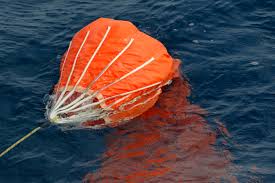



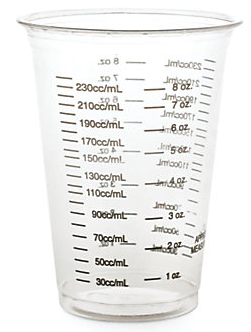



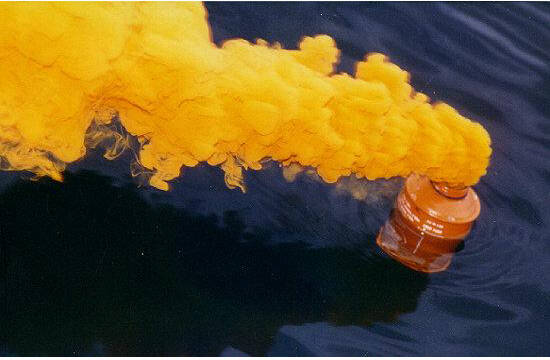


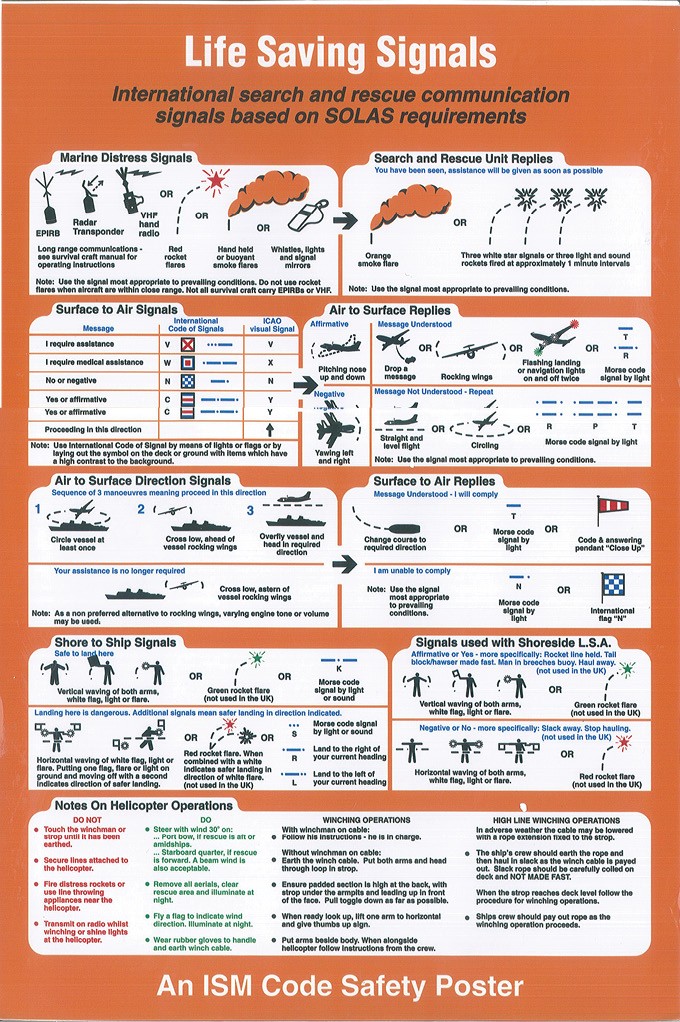




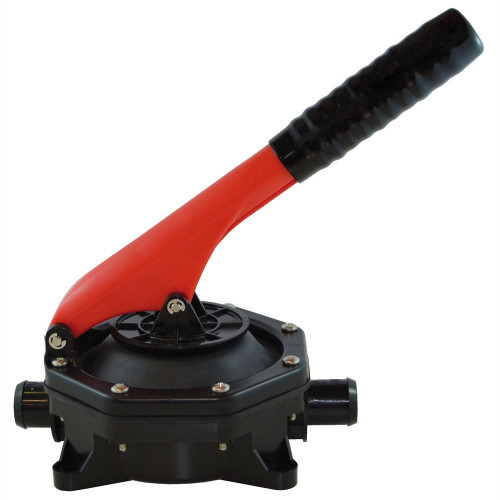
WHY ARE THERE NO SEAT BELTS AS MANDATORY
They come under Construction of Lifeboat and are mandatory with alternating colour seatbelts.